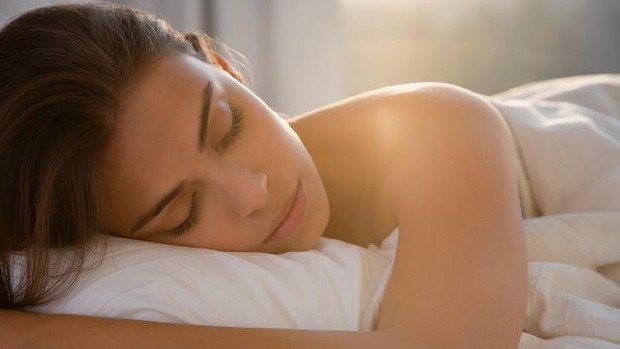Workers at Concordia, the international polar research station, have to live through weeks of darkness during the winter. This is a serious challenge, as one of the key ways our circadian rhythm (sleep cycle) works is via lighting cues. For example, a week spent camping will reset your sleep cycle lickety-split. However, most of us don’t have that luxury, and moreover, most of us have to contend with artificial lighting as a simple fact of life. Whether you’re a shift worker in a low-light environment or an office drone who can only dream of natural light, the scientists at Concordia have to deal with an extreme version of a problem ubiquitous to modern living.
So here’s some exciting news, then: a study published in PLOS One has found that a simple change to the type of light used can improve people’s sleep.
For nine weeks over the polar winter, the workers at Concordia were exposed to standard white light and white light enriched with blue wavelengths over alternating weeks. Neat thing about the enriched light: it doesn’t look any different than regular white light. Once a week, workers provided saliva samples so their levels of melatonin, a hormone associated with the circadian rhythm, could be measured.
Researchers found that workers were more motivated, slept better, and had better reaction times during ‘blue’ weeks. On top of that, circadian rhythms tended to ‘slip’ during white weeks; this didn’t happen during blue weeks.
The neat thing here is that a simple technological change, executed everywhere from offices to ships to power plants, can have real, measurable improvements on workers and sleep cycles. Look into it for your office—winter is around the corner, after all. If you need a fix for yourself now, you can fix your own sleep problems with a device called the Re-Timer.


